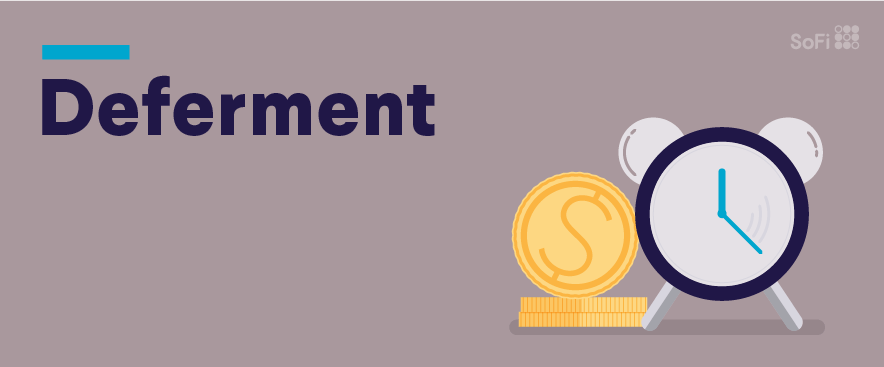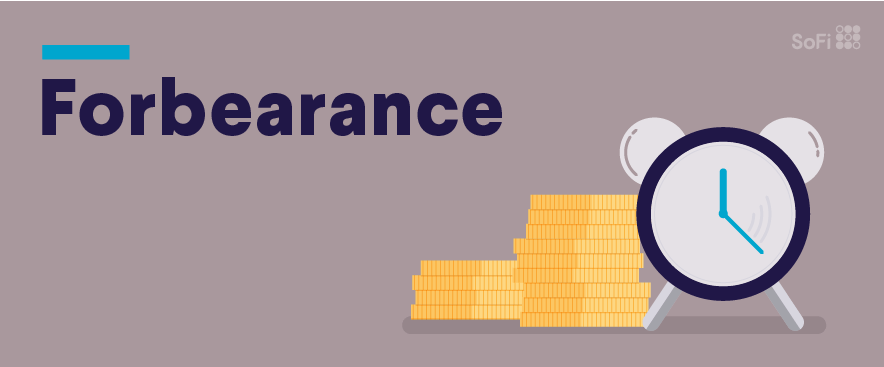Student Loan Advice For Recent College Graduates
Now that you’ve graduated from college and started your career, you may have already received some student loan advice from well-meaning confidantes (or strangers, let’s be honest).
But something that worked well for a family member or friend may not work for you. With student loan payments looming, it’s wise to create a student loan repayment strategy based on your unique situation as soon as possible.
That includes understanding what type of student loans you have, what repayment options are available, and how to eliminate your debt as quickly as possible.
5 Pieces of Student Loan Advice to Help You Start Off On the Right Foot
Leaving college and entering the so-called “real world” can be overwhelming enough as it is. Knowing how you’re going to pay down your student loans can make everything else seem a little easier.
As you consider the right repayment strategy for your student loans, these tips might help. This stuff can get complicated, so of course we always recommend that you speak to a qualified financial advisor to help determine what’s best for you and your situation.
1. Know What Type of Student Loans You Have
There are two types of student loans: federal and private. The type of student loan you have can help determine what sort of repayment options are available to you and if you qualify for certain benefits, including student loan forgiveness and income-driven repayment plans. (Private lenders don’t typically offer flexible repayment options like these, so if your student loans are eligible for them they’re probably federal loans.)
If you don’t know what type of student loans you have, finding out should be easy. If you applied for student loans by filling out the Free Application for Federal Student Aid (FAFSA®), for example, you have federal loans. You can also use the National Student Loan Data System (NSLDS) to track down all of the information on your federal student loans.
If you applied with a private lender and underwent a credit check to get approved, you have private student loans. If you’re still not sure, check with your student loan servicer. You likely received an email or letter from your servicer encouraging you to open an online account. Find that message and either email or call your servicer and ask.
2. Know When Payments Start
If you haven’t already started making monthly payments, it’s a good idea to find out when they’re due and to set up your payment schedule.
In most cases, you’ll have a six-month grace period from the time you left school. Check with your servicer as soon as possible to find out exactly when your first bill is due is and how to make payments.
3. Understand Your Repayment Options
Depending on what type of student loans you have, you may have different repayment options. With federal loans, for instance, you typically start out with the default 10-year repayment plan.
To simplify things, you can consolidate your federal student loans through the Department of Education . But while this can replace several loans with one, you can end up with a higher interest rate overall.
That’s because the government takes the weighted average rates on all of your loans and rounds it up to the nearest one-eighth of a percent (0.125%).
If you can’t afford your monthly payments, however, you can apply for one of four income-driven repayment plans, including:
• REPAYE Plan: Your monthly payments are generally 10% of your discretionary income, and your repayment term will be extended to 20 or 25 years.
• PAYE Plan: Your monthly payments are generally 10% of your discretionary income, and your repayment term will be doubled to 20 years.
• Income-Based Repayment (IBR) Plan: Your monthly payment will generally be 10% or 15% of your discretionary income, and your repayment term will be either 20 or 25 years.
• Income-Contingent Repayment (ICR) Plan: Your monthly payment will be calculated as the lesser of 20% of your discretionary income or what you would pay on a 12-year repayment plan with fixed payments. Your repayment term will update to 25 years.
Anyone can apply for the REPAYE and ICR plans , but you need to demonstrate financial need to get approved for the PAYE and IBR plans.
With federal loans, you may also qualify for the Public Service Loan Forgiveness program. Through PSLF, you can qualify to have your loans forgiven after you’ve made 120 qualifying monthly payments on an income-driven repayment plan while working for an eligible employer.
Eligible employers include government organizations, tax-exempt not-for-profit organizations, and other not-for-profit organizations that provide qualifying public services.
Only Direct Loans are eligible for PSLF, so if you have a different type of federal loan —like a Federal Family Education Loan (FFEL) a Perkins Loan—you’ll need to consolidate it with a Direct Consolidation Loan.
Depending on your career choice, there may be loan forgiveness program options for you, such as through the military, schools, or hospitals.
If you have private student loans, your repayment term was determined by you and the lender when you first applied for your loans. Private student lenders typically don’t offer student loan forgiveness programs, such as SoFi.
4. Consider Refinancing Your Student Loans
Of all the student loan advice that you receive, this tip could make the biggest difference in eliminating your debt. Refinancing your student loans can save you thousands by reducing your interest rate, shortening your repayment term, or both.
Lenders like SoFi offer fixed and variable rates that can be lower than what you’re currently paying. If you qualify, SoFi will pay off your current loans with a new loan.
So, like federal loan consolidation, you can replace several loans with one. But if you qualify, you can also get a lower interest rate, which can reduce the amount of money you spend on interest over the life of your loan.
Remember, however, when you refinance your federal student loans with a private lender, you forfeit access to federal benefits like income-based repayment plans and student loan forgiveness.
5. Avoid Missing Payments and Defaulting
Whatever you do, avoid the temptation to just stop paying your student loans. You typically can’t get student loans discharged in bankruptcy like you can other debts, and defaulting on your student loans could damage your credit.
What’s more, the federal government can garnish your wages and tax refund for payment on federal loans, and private student loan companies can sue you.
In other words, repaying your student loans may not always be easy. But the alternative can be so much worse.
Finalizing Your Student Loan Repayment Strategy
After you consider these tips for paying off student loans, keep in mind that there’s no single right answer. Start by looking into federal loan consolidation, income-driven repayment, and student loan forgiveness.
But also look into refinancing your loans to see if you can save yourself both money and time. To see what your student loans could look like if you refinance with SoFi, take advantage of our easy to use student loan refinance calculator.
Regardless of how you choose to pay off your student loans, consider adding extra payments each month to pay down your debt even faster. This may require cutting back in other areas of your budget, but it can pay off in the long run.
And of course, we always recommend that you speak to a qualified financial advisor to help determine what’s best for you and your situation.
The information and analysis provided through hyperlinks to third party websites, while believed to be accurate, cannot be guaranteed by SoFi. Links are provided for informational purposes and should not be viewed as an endorsement.
No brands or products mentioned are affiliated with SoFi, nor do they endorse or sponsor this article. Third party trademarks referenced herein are property of their respective owners.
Notice: SoFi refinance loans are private loans and do not have the same repayment options that the federal loan program offers such as Income Based Repayment or Income Contingent Repayment or PAYE. SoFi always recommends that you consult a qualified financial advisor to discuss what is best for your unique situation.
Disclaimer: Many factors affect your credit scores and the interest rates you may receive. SoFi is not a Credit Repair Organization as defined under federal or state law, including the Credit Repair Organizations Act. SoFi does not provide “credit repair” services or advice or assistance regarding “rebuilding” or “improving” your credit record, credit history, or credit rating. For details, see the FTC’s website on credit.
SOSL18166






